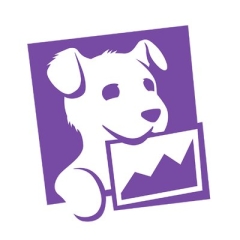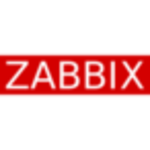What is our primary use case?
We use the solution for monitoring our logs across distributed clusters. Right now, we have an Elasticsearch solution that is tied to each platform (our product is a PaaS solution).
We are looking at moving to a single pane of glass solution, which Datadog would be good for (plus, we could wrap up other tools like Prometheus, Grafana, Pagerduty, Pingdom, and more). We want to be able to have Datadog running on one single cluster and ingesting and processing logs from all our distributed clusters.
How has it helped my organization?
So far, we are just in the evaluation stages so it's hard to say how it's improved out organization. However, one positive impact it had is it's been just showing us an example of how to build in observability, metrics, tracing, etc., in a better way.
Even if we don't end up using Datadog, it revealed problems and optimizations to us that weren't obvious before. One potential reason why it may not help us is that we have strict rules around log parsing and may not be able to send it to an external organizaton for ingestion/processing.
What is most valuable?
The CPU profiler has been interesting even though it isn't our core use case.
We are finding that Datadog has way more offerings than originally expected, so we are constantly finding new parts of it that would be convincing to use.
The log and ingestion are very similar to our current Elasticsearch setup. We find the tracing and overall integration/ecosystem to be the most valuable part. Basically, the CPU profiler is a good example of a value add for a problem we knew we had yet was low priority and had hacky workarounds. The value proposition is in the ecosystem as a whole.
What needs improvement?
The sheer amount of products that are included can be overwhelming.
The solution requires better overarching UI, which would make things clearer. Even though I generally dislike the AWS UI, it makes the different services very clear, and it also makes where you are at any given point clear.
The sidebar for all the different services is a bit much.
I also found the tagging of logging pipelines to be a bit tedious. It would be great if, once marked up, it would automatically be a first-class citizen in Datadog.
For how long have I used the solution?
We are still in the evaluation stage and have used it less than one month.
What do I think about the stability of the solution?
The stability looks good so far.
What do I think about the scalability of the solution?
It seems easier to scale and build app functionality across multiple teams rather than other solutions.
Which solution did I use previously and why did I switch?
We have used Elasticsearch, Grafana, and Prometheus. We are still evaluating Datadog.
What was our ROI?
The product has provided good ROI by saving development time as well as time managing setting up ES.
What's my experience with pricing, setup cost, and licensing?
It is somewhat expensive compared to open-source options.
Which other solutions did I evaluate?
We evaluated Elasticsearch, Grafana, and Prometheus. We are still evaluating Datadog.
Which deployment model are you using for this solution?
Public Cloud
If public cloud, private cloud, or hybrid cloud, which cloud provider do you use?
Amazon Web Services (AWS)
Disclosure: My company has a business relationship with this vendor other than being a customer. evaluator


















